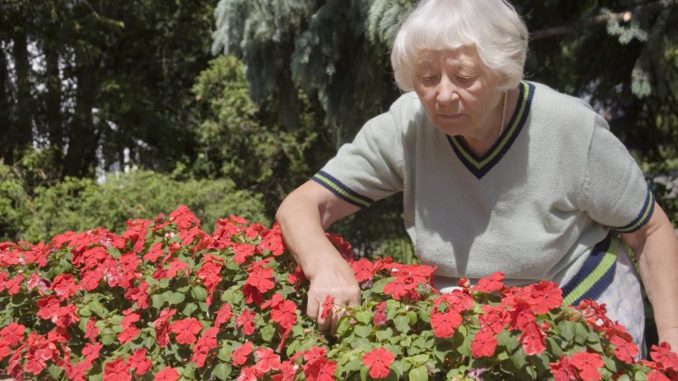
Gardening can be therapeutic, but if the plants you’ve been growing looks dull, or worse, many of them aren’t growing at all, then you’d only be washed over with frustration that can repel the mental health benefits of gardening.
But don’t be quick on calling your green thumb faulty. Chances are, it’s the soil that’s actually affecting the growth of your plants. Perhaps you didn’t condition your soil before planting. Soil conditioning refers to the improvement of soil quality to prepare it for growing plants.
Mulches and organic compost are examples of a soil conditioner. If your garden in Salt Lake City or any other place isn’t thriving, this guide can help you overcome that problem.
Types of Soil
Sand, silt, and clay are the three main types of soil. The perfect soil to raise plants is loam, which is an even mixture of all three types.
Loam soil has the ideal balance of sand, silt, and clay. It also contains humus, an organic matter from decayed animal and plant matter. The pH levels of loam soil, which plays between 6.0 and 7.0, make it perfectly conditioned to support healthy plant growth. Furthermore, it has high calcium levels, which is important to allow oxygen to reach through the roots and to reduce the salt content of the soil.
You’d recognize a loam soil from its gritty texture. It has to be dry and loose; a soft but crumbly soil that allows for a lot of airflow. In most cases, people need o condition their soils to turn them into the ideal loam soil.
Soil Conditioning
To determine what aspects of your soil needs to be amended, test its pH levels first using a soil test kit, or by having an expert test it for you. The pH levels of your soil will help you decide which plants to grow in it because different plants require different pH levels to thrive. It will also help you know which type of soil conditioner to use or how much fertilizer it would need.

The ideal pH range of soil for most plants to grow is 6.0-6.5. If yours turn out too high or too low, you need to adjust it by mixing organic matter to the soil. Moreover, it is important to know the nutrient components of your soil: nitrogen, phosphorus, and potassium. These three nutrients are at optimum levels within the ideal soil pH range. If otherwise, that’s because your soil’s pH falls out of the ideal range. Using a fertilizer will add these nutrients into your soil.
Soil conditioning improves the soil’s tilth or physical condition. It also improves the soil’s capacity to hold water, making it well-drained but able to hold more water to help plants thrive. The soil’s capacity to hold nutrients will also be altered to make it more fertile. And lastly, it adds organic matter to the soil, which is essential for the three aforementioned improvements made by soil conditioning.
Covering the soil with mulch or cover crops will help protect its quality. Making the soil vulnerable to rainfall, flooding, and all other elements will degrade its quality, so it’s crucial to cover them before conditioning. Also avoid working on a soil that’s too wet, or low in organic matter.
Compost, manure, or coffee grounds are a good organic matter that can be used as a soil conditioner. They can improve the water holding capacity of sandy soils, and drainage of clay soils. Compost is another good soil conditioner that can be added to nearly any soil.
For certain types of soil and plants, gypsum and peat may be the best types of soil conditioners.
To know how to condition your soil correctly, research first about the plants you wish to grow or contact an experienced gardener. The advice of an expert will be handy, especially if you’re gardening for the first time. After getting it done, be sure to practice maintaining your soil’s perfect condition.
